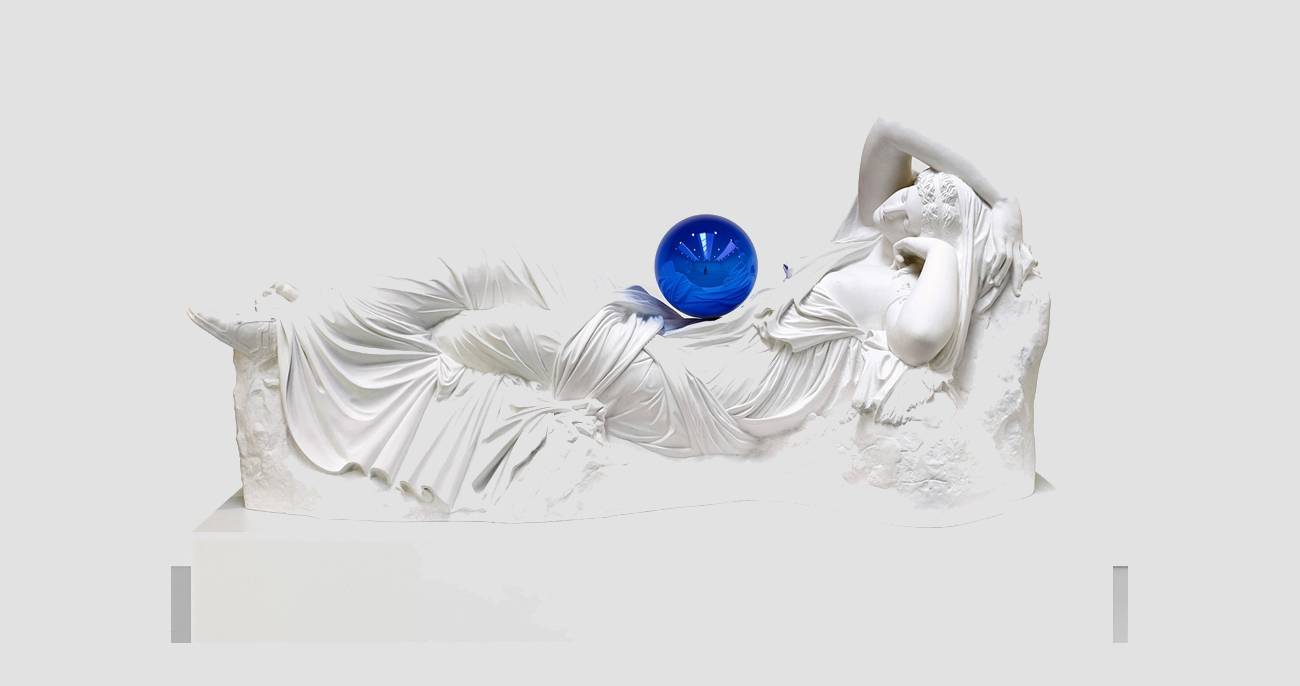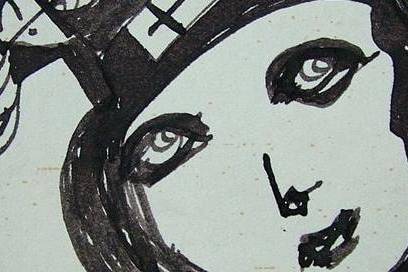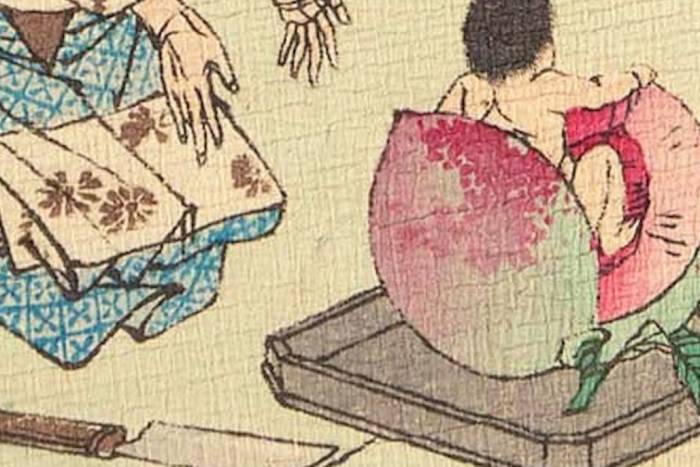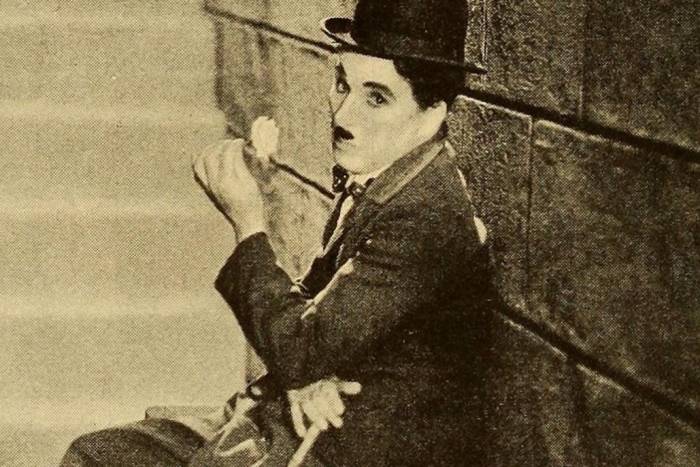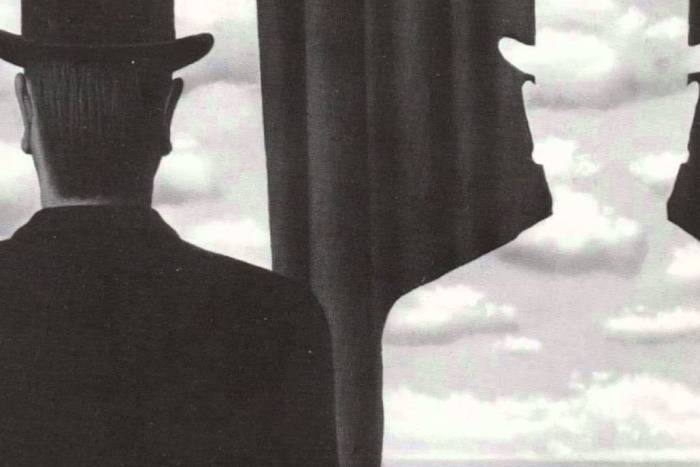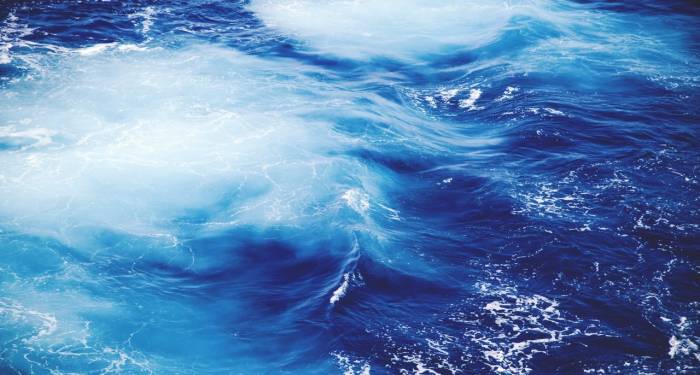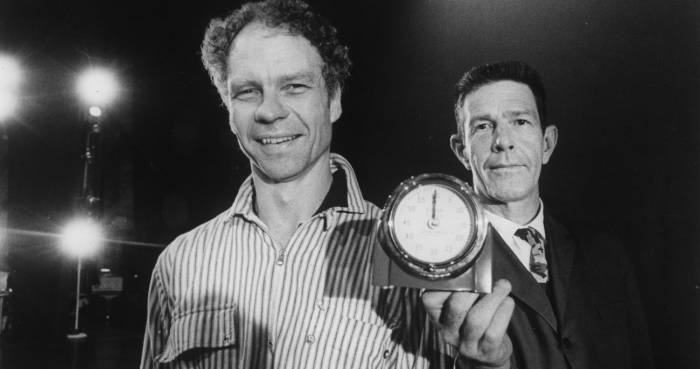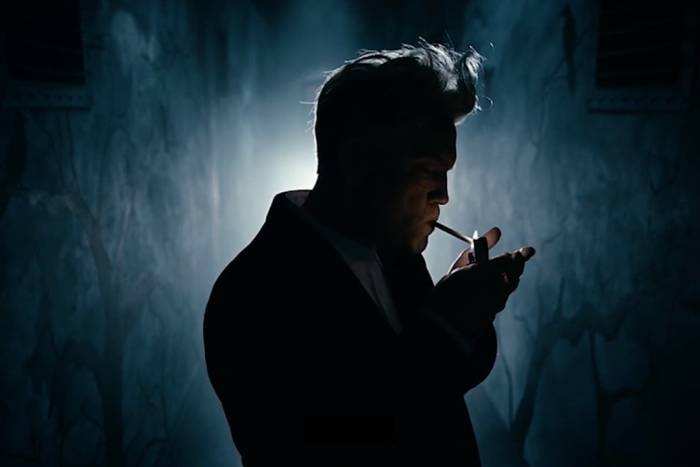Representation of Representations: The Playful Art of Jeff Koons
Jeff Koons has smartly turned pop icons into sharp signs on the normality of our times.
As contemporary art developed after Marcel Duchamp, one of his styles –– pop art –– was en route toward featuring a selection of everyday objects, almost always related to production or mass consumption to bestow upon them the charm of art, and in which the genius of an artist would depict a can of soup or the magnified image of a comic to be featured in museums and galleries.
Along these lines of artistic expression, one of the most renowned names is Jeff Koons (1955), who began to stand out as a visual artist in the 1980s. Since then, Koons has sustained his creative endeavors on the objects which at first sight could seem ordinary, but which he, like other contemporaries, use to question the importance and meaning of art in a time dominated by information and the production of images and representations. For example, in The New (1980), one of the first works that caught people’s attention, the artist questioned the notion of “new” in a world of mechanical reproduction. Is it possible to isolate and preserve that quality in objects that are produced for thousands, or millions, with a single purpose?
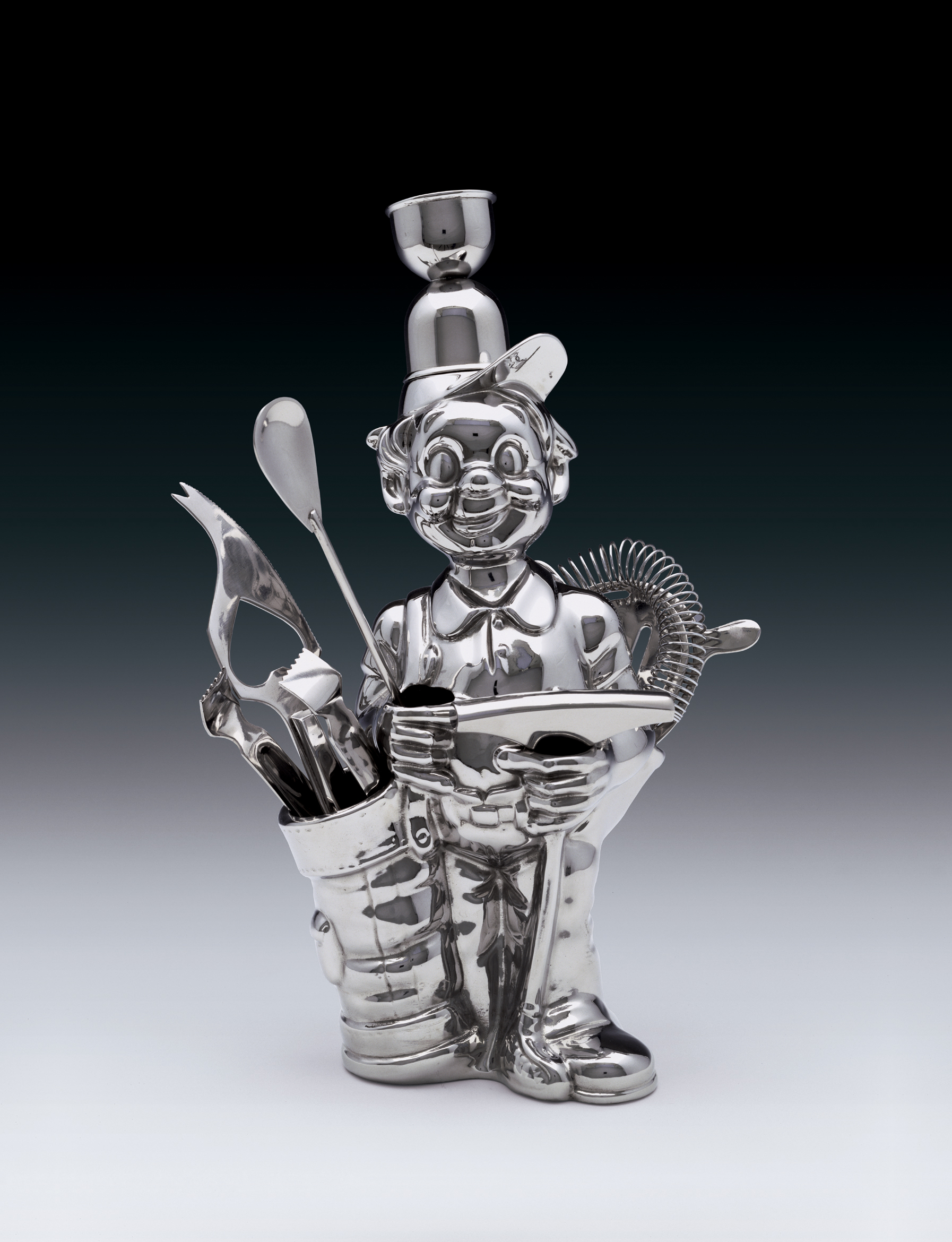
That could be the way to take in the work of Koons, as an ongoing question on the place of certain concepts in our present, but especially on the everyday objects of our daily lives. Eternity, luxury or banality are ideas present in some of his series, but contrary to what we might expect, in Koons’ case each the execution of each one does not imply a solemn or intellectually colorful expression, but rather a playful piece that approaches us in an accessible manner, and yet modified in such a way that their meanings don’t convey themselves immediately; rather, only after reflecting the purpose of what the artist proposes to us.
In Luxury and Degradation (1986), for example, Koons molded some of the utensils to prepare stainless steel cocktails, a bright material that was perfect for “creating a false luxury […], proletariat, something visually toxic, that would be disorienting.” In Banality (1988), the artist turned to artisans of Germany and Italy to create porcelain figures featuring motifs of pop, cinema and academic art (particularly a reference taken from Leonardo Da Vinci); the result was a cross between significant contrasts: fine arts, toys, bad taste, kitsch, pop culture, among others. That is why he pretended for this to be liberating––an invitation to exchange taste for figurines despite their content. “Michael Jackson and Bubbles” was the final piece of this series.
In part because of its cleverness and critical perspective, and perhaps through his courage, over time Koons became one of the most important contemporary artists. Puppy (1992), a massive structure made of metal and flowers forming the silhouette of a dog, was acquired by the Solomon R. Guggenheim Foundation and installed on the museum terrace that the institution opened in Bilbao, Spain. Like his series Celebration, which includes his well-known metallic imitation of a balloon poodle, it has been praised, shown and prized along the most notable points of the modern art circuit.
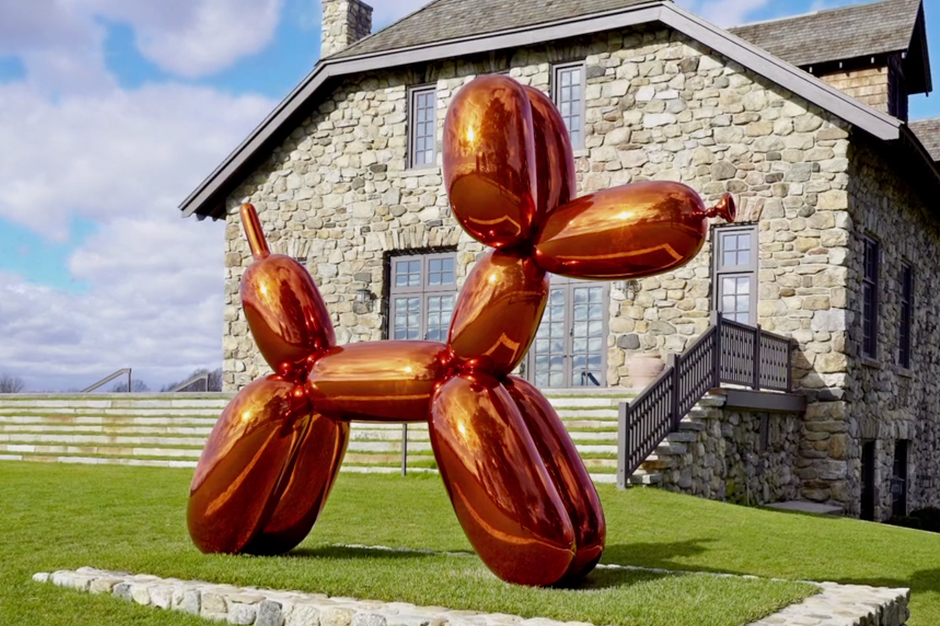
Ever so often it is thought that art after the cutting edge of the 20th Century is trivial and even frivolous. Perhaps Koons’ work could exemplify said pre-notion. However, upon a closer look, we discover an intelligent, sharp artist who has wallowed in wit in the tradition that began with Duchamp and continued throughout the years until it resulted in a man who could take a toy, an athlete pampered by advertising, a porn star or a comic character and push them to an unexpected extreme, toward a surprising and disturbing meaning that perhaps already existed in our own everyday lives, but remained hidden from our eyes because, unlike the artist, we usually take things too seriously.
Related Articles
Pictorial spiritism (a woman's drawings guided by a spirit)
There are numerous examples in the history of self-taught artists which suggest an interrogation of that which we take for granted within the universe of art. Such was the case with figures like
Astounding fairytale illustrations from Japan
Fairy tales tribal stories— are more than childish tales. Such fictions, the characters of which inhabit our earliest memories, aren’t just literary works with an aesthetic and pleasant purpose. They
A cinematic poem and an ode to water: its rhythms, shapes and textures
Here lies One Whose Name was writ in Water. - John Keats Without water the equation of life, at least life as we know it, would be impossible. A growing hypothesis holds that water, including the
Watch beauty unfold through science in this "ode to a flower" (video)
The study of the microscopic is one of the richest, most aesthetic methods of understanding the world. Lucky is the scientist who, upon seeing something beautiful, is able to see all of the tiny
To invent those we love or to see them as they are? Love in two of the movies' favorite scenes
So much has been said already, of “love” that it’s difficult to add anything, much less something new. It’s possible, though, perhaps because even if you try to pass through the sieve of all our
This app allows you to find and preserve ancient typographies
Most people, even those who are far removed from the world of design, are familiar with some type of typography and its ability to transform any text, help out dyslexics or stretch an eight page paper
The secrets of the mind-body connection
For decades medical research has recognized the existence of the placebo effect — in which the assumption that a medication will help produces actual physical improvements. In addition to this, a
The sea as infinite laboratory
Much of our thinking on the shape of the world and the universe derives from the way scientists and artists have approached these topics over time. Our fascination with the mysteries of the
Sharing and collaborating - natural movements of the creative being
We might sometimes think that artistic or creative activity is, in essence, individualistic. The Genesis of Judeo-Christian tradition portrays a God whose decision to create the world is as vehement
John Malkovich becomes David Lynch (and other characters)
John Malkovich and David Lynch are, respectively, the actor and film director who’ve implicitly or explicitly addressed the issues of identity and its porous barriers through numerous projects. Now
